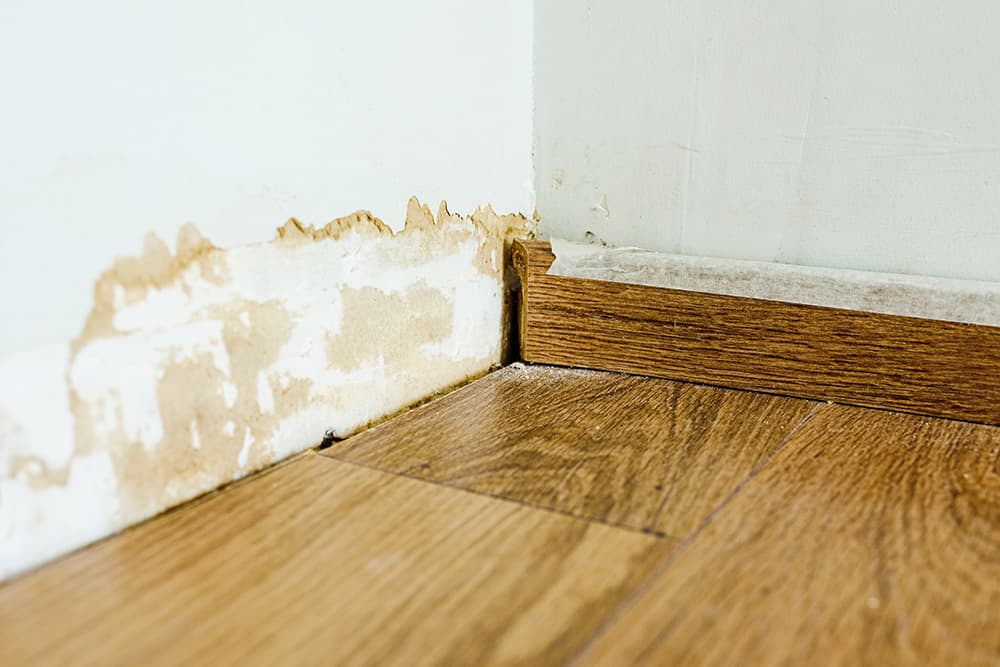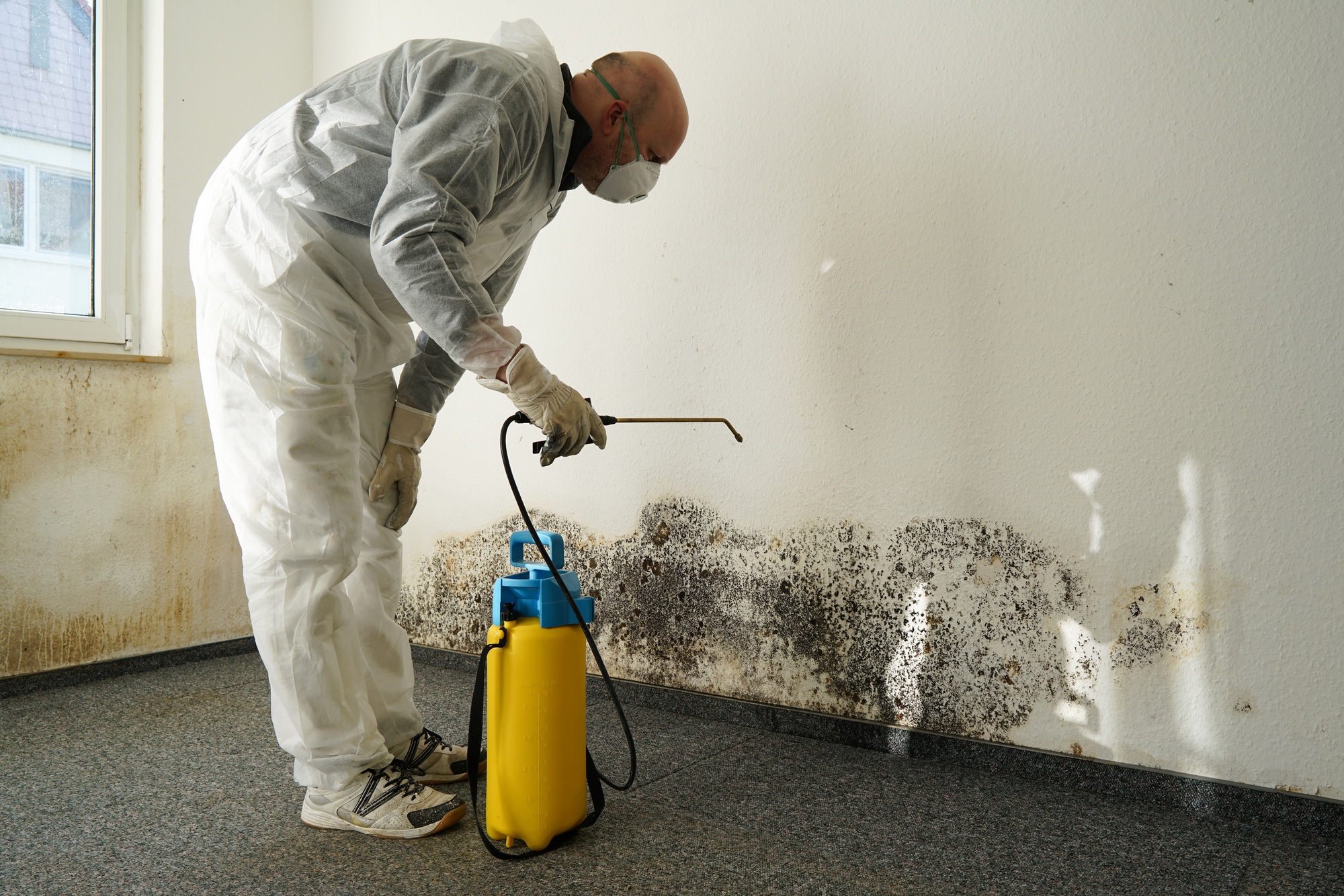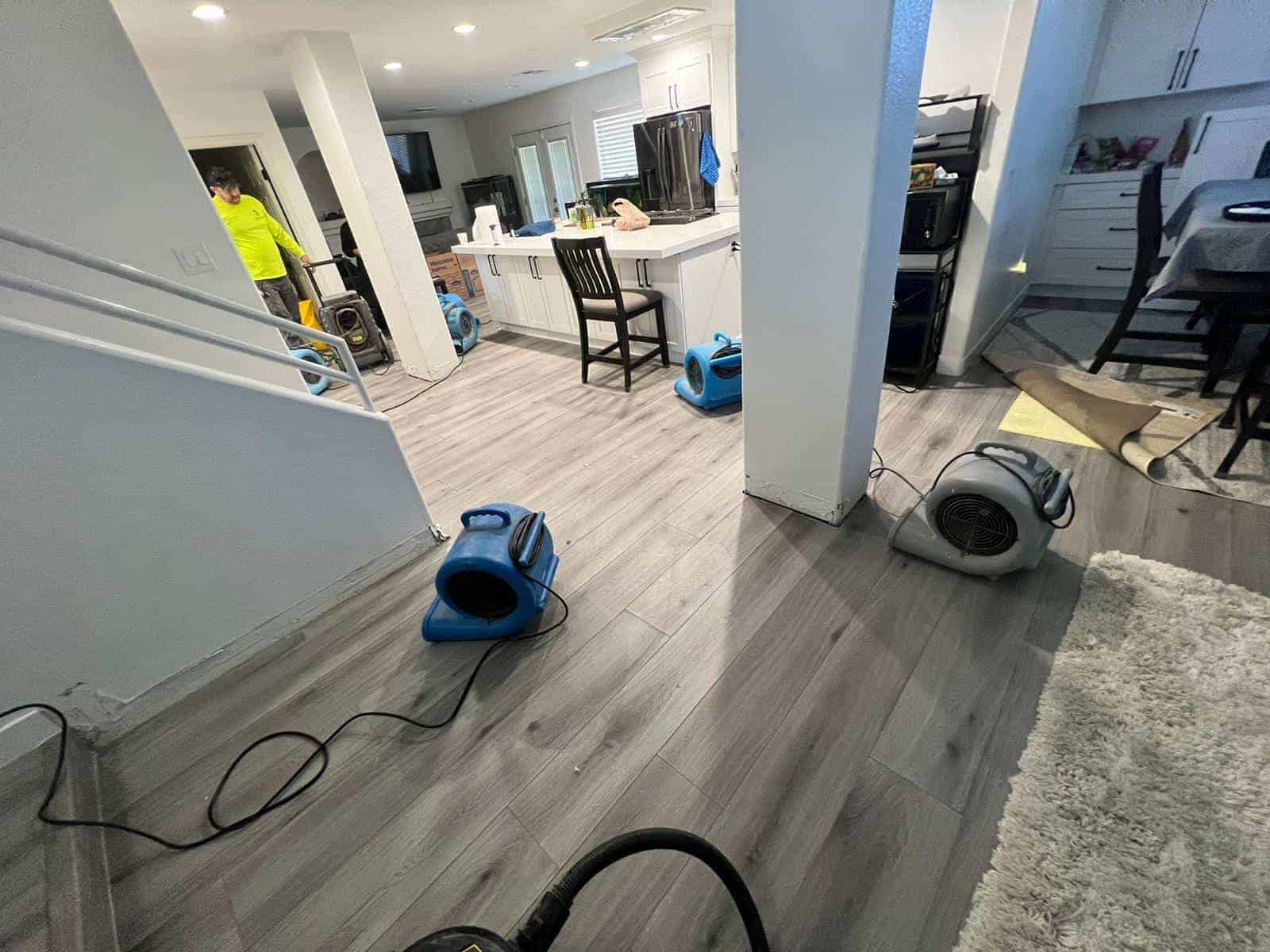Immediate Water Extraction Services to Prevent Structural Damage
Immediate Water Extraction Services to Prevent Structural Damage
Blog Article
The Refine of Water Damage Cleanup: Guaranteeing Your Home Is Restored Successfully
Water damages can be a challenging difficulty for homeowners, requiring a organized and meticulous cleanup process to bring back safety and performance. A detailed assessment is crucial to determine the level of the damages and determine the suitable remediation steps. Following this, effective water extraction strategies play an essential function in alleviating more damage. The subtleties of drying, sterilizing, and ultimate restoration are just as necessary and typically forgotten. Understanding these phases can make a substantial difference in the end result of your home's restoration, prompting a closer take a look at what each step involves.
Analyzing the Damages
Upon finding water damage, the initial action is to completely analyze the degree of the effect. This initial evaluation is essential, as it helps identify the necessary steps for efficient cleaning and repair. Begin by checking the affected locations, consisting of wall surfaces, ceilings, floors, and personal valuables, to recognize the source of the water invasion, whether from flooding, leakages, or condensation.
Documenting the damage is necessary for both insurance claims and preparing repair efforts - damage restoration services. Use photographs and created notes to catch the extent of the damage, noting any kind of damaged structural elements and products. Pay unique attention to areas that might not be right away visible, such as behind walls and under carpets, as concealed moisture can cause additional complications, including mold and mildew growth
In addition, evaluate the timeline of the water exposure. Eventually, a detailed analysis lays the foundation for an effective water damage cleaning process, ensuring that all influenced locations are dealt with effectively and completely.
Water Removal Methods

Professionals normally utilize completely submersible pumps for larger quantities of water, which can promptly alleviate flooding in basements or various other impacted locations. For smaller quantities, wet/dry vacuums are usually made use of to remove residual moisture from rugs and hard surface areas. Furthermore, using portable extractors permits for targeted elimination in restricted rooms or areas with fragile materials.
In instances of polluted water, such as sewer or floodwater, progressed removal methods may include the usage of biohazard tools to make sure security and conformity with health and wellness laws. High-powered removal devices are important in decreasing water retention in architectural products, which can result in mold and mildew growth and architectural wear and tear if not resolved quickly.
Ultimately, the performance of water removal strategies plays a pivotal role in the total success of the water damages cleaning procedure, laying the groundwork for subsequent remediation initiatives.
Drying and Dehumidification
Once standing water has been effectively removed, the following critical phase in the water damage cleaning process is drying and dehumidification. This action is vital to stop further damages and mold and mildew development, which can take place within 24 to 48 hours in wet environments.
To achieve reliable drying useful content out, customized devices such as industrial-grade air movers and dehumidifiers is used. Air moving companies flow air across wet surfaces, improving evaporation prices, while dehumidifiers lower humidity degrees in the air, promoting a conducive environment for drying. The combination of these devices ensures that dampness is extracted from furnishings, walls, and floors, allowing them to completely dry thoroughly.
It is crucial to keep an eye on the drying procedure carefully. Professionals typically make use of dampness meters to evaluate the dampness content in numerous products, making sure company website that all affected areas get to acceptable dry skin levels. This meticulous technique assists to stop covert wetness pockets that can result in structural damages or unhealthy mold and mildew development.

Cleaning and Sanitizing
After the drying and dehumidification stage is full, the following essential action in water damage cleaning is cleaning and sterilizing the affected areas. This process is vital to avoid the development of mold, bacteria, and other virus that flourish in wet atmospheres.
The cleaning phase typically entails getting rid of any kind of debris, dirt, and contaminants from surfaces making use of specialized cleaning representatives. For tough surface areas, a combination of soap and water or business cleansing items is usually used. Soft products, such as upholstery and rugs, might call for more extensive cleansing methods, consisting of heavy steam cleaning or deep removal techniques, to make sure complete sanitation.

Sterilizing adheres to cleaning, making use of EPA-approved disinfectants to remove harmful bacteria. This action is essential, specifically in areas that might have entered into call with floodwaters or sewage, as these sources can posture severe wellness threats.
Furthermore, it is crucial to attend to any type of remaining smells, which might call for making use of smell neutralizers or innovative techniques like ozone therapy. Correct cleaning and sanitizing not just recover the security and hygiene of your home yet additionally prepared for successful reconstruction and repair services in subsequent stages of the water damage cleaning process.
Remediation and Fixings

As soon as the assessment is total, repair initiatives can begin. Additionally, flooring might require comparable attention, depending on the level of water exposure.
It is essential to engage seasoned repair specialists during this procedure, as they have the knowledge to deal with complicated repair services effectively. They can help mitigate potential future concerns, such as mold and mildew development or structural instability, therefore guaranteeing a safe and habitable living setting. Inevitably, effective reconstruction and repairs recover the home's integrity and improve its total value.
Verdict
Finally, the process of water damages cleanup is vital for recovering a home to its pre-damage problem. Each stage, from evaluating the damage to implementing reliable water removal strategies, followed by extensive drying, sanitizing, and required repair work, plays a necessary role in guaranteeing security and conformity with building standards. Effective implementation of these actions not only mitigates instant damages yet also improves the long-term honesty and value of the residential property.
Water damage can be an overwhelming challenge for homeowners, requiring a thorough and organized clean-up procedure to restore safety and security and capability. Eventually, an extensive analysis lays the groundwork for an effective water damages clean-up procedure, making sure that all impacted areas are addressed efficiently and extensively.
Efficient water removal techniques are vital in reducing damages and stopping additional problems complying with a water intrusion occasion.In conclusion, the procedure of water damage clean-up is critical for restoring a home to its pre-damage condition. Each stage, from analyzing the damages to carrying out reliable water removal strategies, complied with by comprehensive drying, sterilizing, and required repairs, plays an important duty in making sure safety and conformity with structure requirements.
Report this page